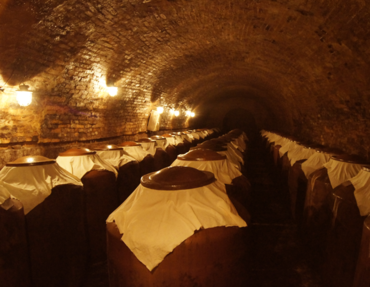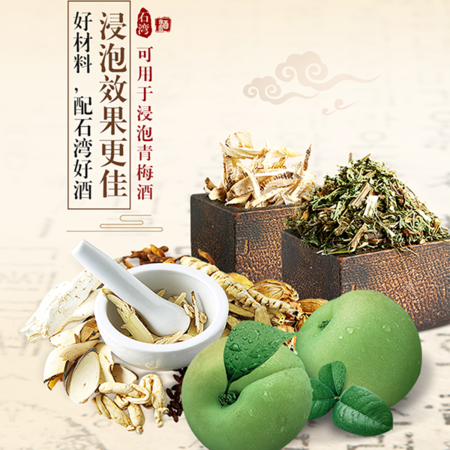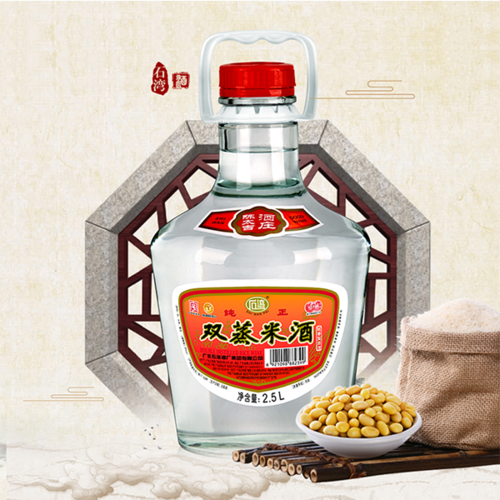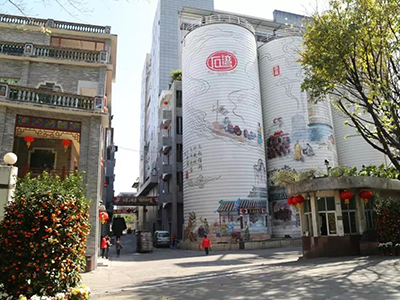How Does Cooking Wine Enhance the Flavors of Dishes?
Cooking wine is a versatile ingredient that adds depth and complexity to a wide range of dishes. Its ability to enhance flavors is well-known and valued by chefs and home cooks alike. But have you ever wondered how cooking wine actually enhances the flavors of your favorite recipes? In this article, we will explore the science behind how cooking wine works its magic to elevate the taste profile of dishes.
1. Acidity Balancing Act
One of the key ways cooking wine enhances flavors is through its acidity. The acids in cooking wine, such as tartaric, citric, or malic acid, help balance the overall taste of a dish. They counteract the richness of fatty ingredients, add brightness to flavors, and provide a pleasant tangy note that enlivens the palate. By balancing acidity, cooking wine ensures that flavors are well-rounded and harmonious.
2. Flavor Extraction and Deglazing
When you cook meat or vegetables in a pan, flavorful bits called "fond" tend to stick to the surface. Cooking wine acts as a powerful tool to extract and incorporate these flavors into your dishes. When you add cooking wine to a hot pan, it helps loosen the fond, allowing it to dissolve and infuse the liquid with its savory essence. This process, known as deglazing, creates a rich and flavorful base for sauces, gravies, and pan sauces.
3. Complexity through Evaporation
As you cook with wine, the heat causes some of the alcohol and volatile compounds in the wine to evaporate. This evaporation process leaves behind concentrated flavors, adding complexity to the dish. The flavors present in the wine, such as fruity, floral, or earthy notes, become more pronounced and integrated into the overall taste profile. This transformation enhances the depth of flavors and contributes to a more sophisticated culinary experience.
4. Tenderizing and Marinating
Cooking wine also plays a role in tenderizing meat. The acids in the wine help break down tough muscle fibers, resulting in a more tender and juicy texture. When used as a marinade, cooking wine infuses the meat with its flavors while imparting tenderness. It acts as a conduit for other aromatics and spices, enhancing the overall taste of the dish.
5. Complementary Flavor Notes
Different types of cooking wine bring their own distinct flavor notes, which complement and enhance the flavors of specific dishes. For example, red wine often imparts rich and robust flavors, making it an excellent choice for hearty stews and braises. On the other hand, white wine adds brightness and delicate nuances, perfect for seafood and lighter sauces. The choice of cooking wine can significantly impact the overall taste experience.
6. Reducing and Concentrating Flavors
Cooking wine is often used in reduction sauces, where the liquid is simmered and reduced to concentrate the flavors. As the liquid reduces, the flavors intensify, creating a more robust and concentrated taste. This reduction process enhances the complexity of the dish and contributes to a more flavorful end result.
Conclusion
Cooking wine is more than just a liquid ingredient added to recipes; it is a powerful tool that enhances flavors and takes dishes to new heights. Through acidity balancing, flavor extraction, complexity through evaporation, tenderizing, complementary flavor notes, and reduction techniques, cooking wine adds depth and sophistication to your culinary creations. By understanding how cooking wine works and incorporating it judiciously, you can elevate the flavors of your dishes and create memorable dining experiences.







